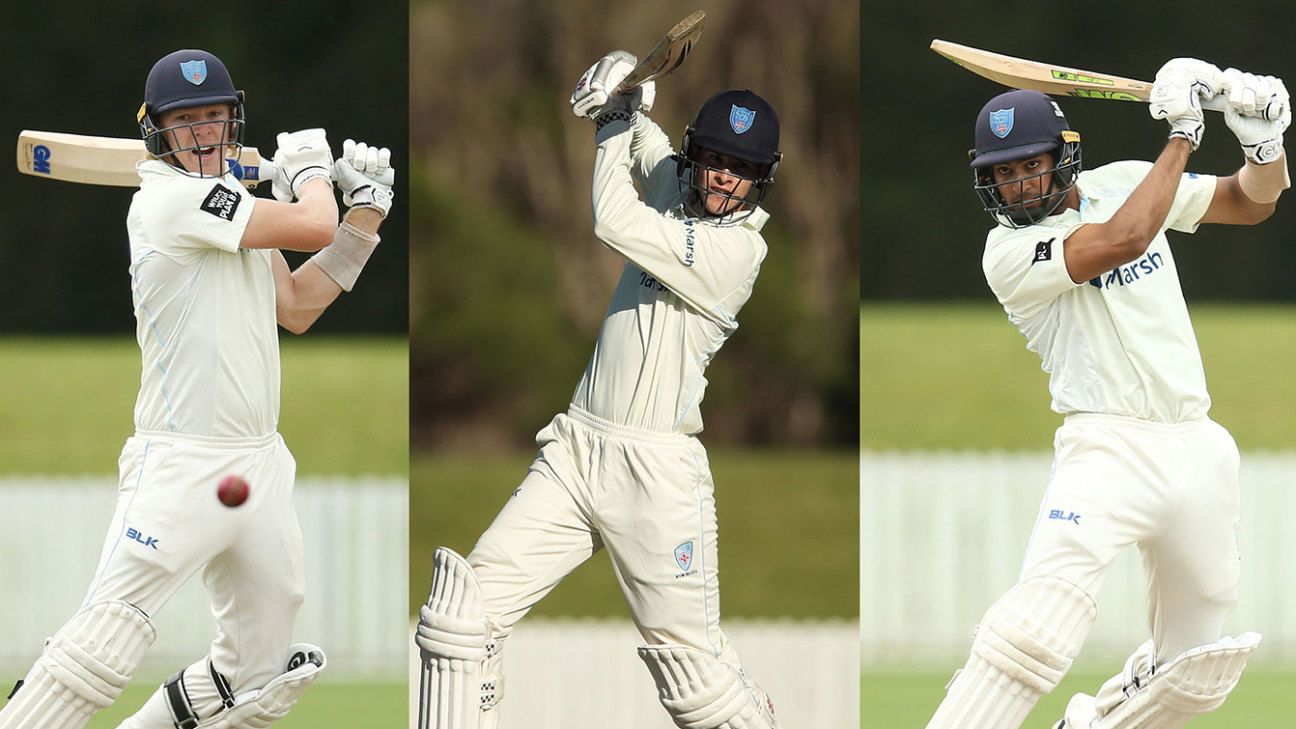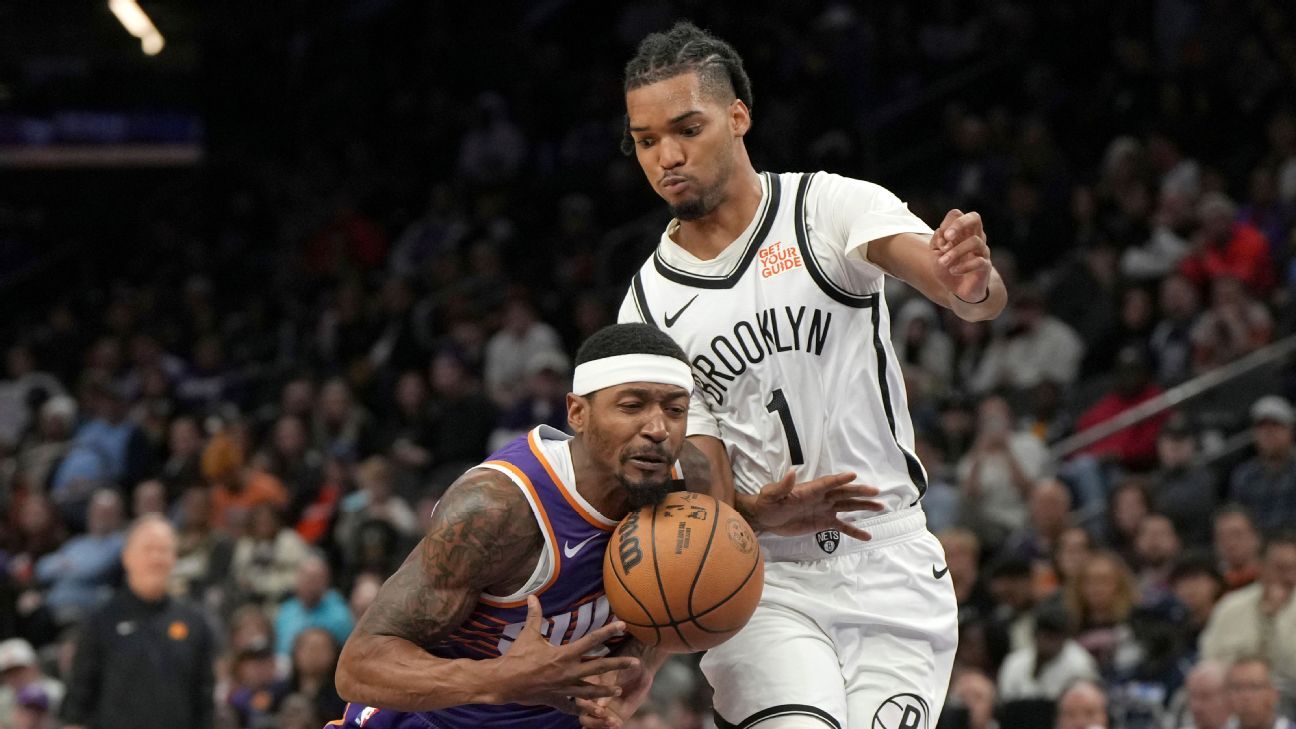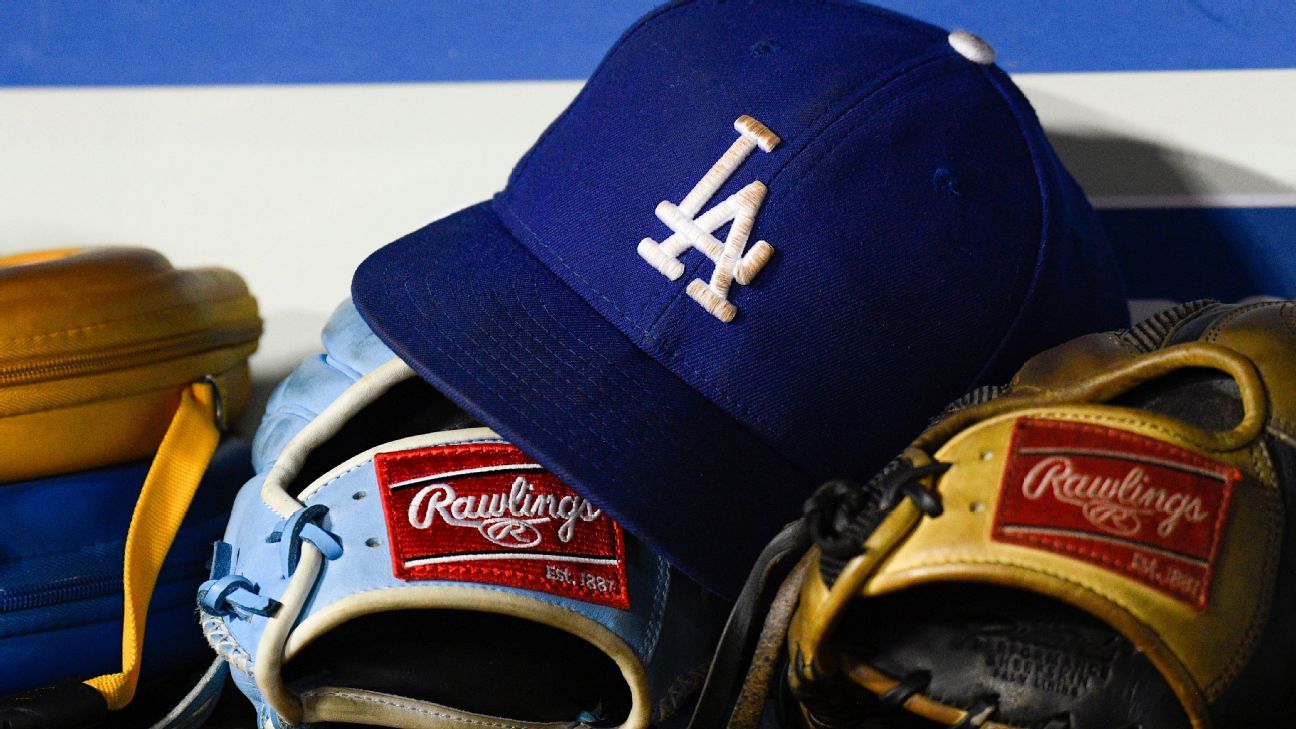
One of the most famous sporting victories of recent history was the curse-breaking campaign of the 2016 Chicago Cubs to win the Major League baseball club's first World Series in more than a century. It was built largely upon a formula of marrying up a young and dynamic batting and fielding line-up to a seasoned and powerful pitching roster: young hitters, old pitchers.
That formula is not a million miles from the one that New South Wales will take into this week's Sheffield Shield final. The success or otherwise of the approach will likely give pause to other states at a time when Australian cricket is looking ever more fervently for a fresh batting generation to replenish the huge gaps likely to be left by the likes of David Warner and Steven Smith in coming years.
It was only a matter of weeks ago that Mark Taylor, the former Australian captain and longtime New South Wales and Cricket Australia board director, raised alarms about what he perceived to be a lack of batting talent coming through in the nation's most populous state. "It would mean our Test side just won't be as good, there's no doubt about that," Taylor told the Sydney Morning Herald. "The way the numbers in Australia stack up, it's the responsibility of the two big states to produce their share. If they don't, chances are Australian cricket will struggle."
Based on the look of the batting order selected for a humiliating Shield defeat to Tasmania, in which the Blues were shot out for 32, Taylor might have had some valid queries: of the top seven, only the recently recalled Jason Sangha was under the age of 25, and none of Daniel Hughes (32), Nick Larkin (30), Daniel Solway (25) or captain Peter Nevill (35) were anywhere near Australian calculations. Of the group, only Kurtis Patterson could realistically have ambitions for the Test team, and faint ones at that based on recent returns.
Taylor's assertions were met with an unusual level of umbrage from within the state system, not so much for what he had observed at Shield level but for what has been steadily bubbling underneath. There is a wellspring of batting promise among young cricketers in New South Wales, the counter-argument went, they just haven't been picked yet.
Perhaps, then, the Tasmanian humiliation and Taylor's response were necessary evils for the Blues. As much as Larkin and Solway had earned their chances through steady accumulation at grade level, they also struggled to become consistently high scorers for their state, something that Hughes had at least managed to achieve. At the same time, Nevill's decision to withdraw from the remainder of the Shield to be present for the birth of his first child, and Moises Henriques' IPL deal, created additional spots for youth.
The young Blues batters will take the field in the knowledge that the bowling attack alongside them, likely to feature Mitchell Starc, Josh Hazlewood, Nathan Lyon, Trent Copeland and Sean Abbott, is extremely well versed at pressuring opponents with the benefit of runs on the board
The New South Wales selectors had already shown some degree of interest in the future arc of the national team by elevating Pat Cummins to the domestic limited-overs captaincy ahead of Smith. It was a call effectively indicating their preference for who they would like to see named national captain whenever the time comes for Tim Paine to surrender his post - most likely after next summer's Ashes series, as commentary roles and the release of a memoir await him.
At the same time, the Tasmania defeat forced a pivot to a far more less experienced batting line-up for the final Shield game against Queensland with a place in the final still to secure. Out went Larkin, Solway and Nevill; in came Matthew Gilkes, Jack Edwards, Lachlan Hearne and Baxter Holt as wicketkeeper. Of this group, Edwards (to turn 21 on the final day of the final) has already been heavily invested in, while Hearne (20) and Holt (21) have been growing ever more impatient for chances to show their wares.
In Wollongong, Gilkes, Edwards, Hearne and Holt all showed signs of promise, while Sangha responded to greater seniority in the line-up by composing arguably the best century of his young career. The Blues might still have faded to defeat at the hands of Mitchell Swepson if not for a rain-ruined final day of the game, but they at least go into the competition decider with a few more first-innings runs behind them against essentially the same bowling attack they must face again.
In between Shield games, of course, 20-year-old Edwards sculpted a century of his own on the domestic limited-overs final at Bankstown to guide the Blues to a 12th one-day title, and will now hope to emulate the feat in the long-form final. The young Blues batters will take the field in the knowledge that the bowling attack alongside them, likely to feature Mitchell Starc, Josh Hazlewood, Nathan Lyon, Trent Copeland and Sean Abbott, is extremely well versed at pressuring opponents with the benefit of runs on the board.
Queensland have much the more travelled batting line-up of the two sides, featuring no less than four Test players in Joe Burns, Marnus Labuschagne, Matt Renshaw and the captain Usman Khawaja. But it is the performances of young bats in Shield finals that the selectors will be looking most keenly for - think of Justin Langer in 1992, Michael Bevan in 1994, Adam Gilchrist in 1996 or Andrew Symonds and Simon Katich in 1999, all preludes to substantial international careers.
"We've got so much talent in our batting ranks, so pleasing to see Jack do what he did the other day, to see the way Matt Gilkes and Jason Sangha played the last Shield game against these guys," Patterson said. "That'll give them the world of confidence going into this game. It's certainly on myself and Dan Hughes as the two older guys in the group to make sure we do our part and play our roles, but while those other guys are young, most of them have enough experience now and they've got a lot of confidence in their games."
So the balance of the New South Wales side for the Shield final might have been a case of circumstances as much as design, but it has at least provided the game's decision-makers with some new talents to assess on the biggest stage short of a Test match. It has also followed, if loosely, the formula of those drought-breaking Chicago Cubs.
Daniel Brettig is an assistant editor at ESPNcricinfo. @danbrettig















 Phone: (800) 737. 6040
Phone: (800) 737. 6040 Fax: (800) 825 5558
Fax: (800) 825 5558 Website:
Website:  Email:
Email: 






